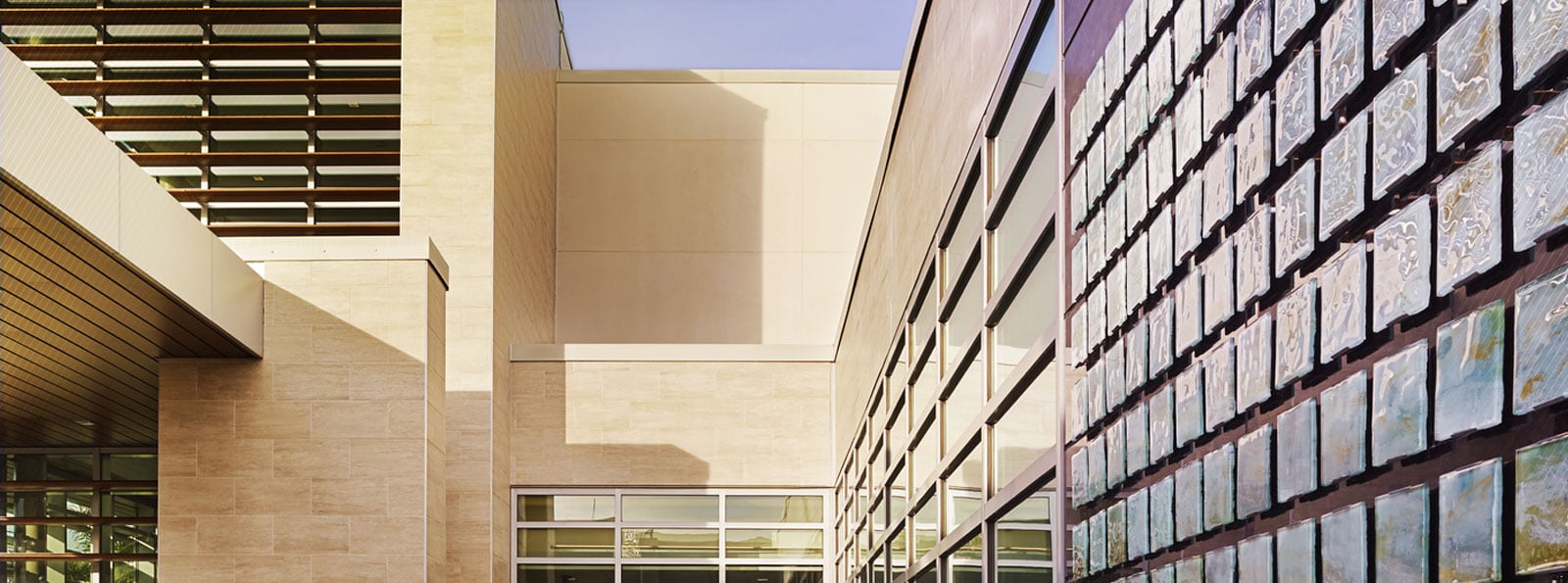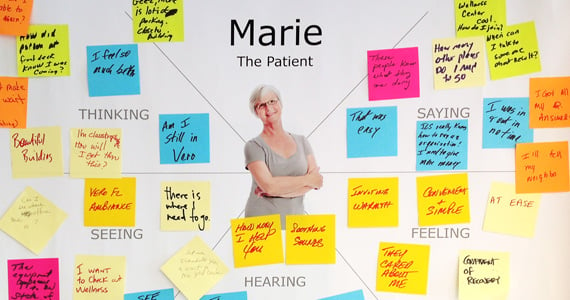Successful projects require many components. Multi-disciplinary user groups, administrative support,process-led design, mock-ups and innovative technology all play key roles in a project meeting its stated target outcomes. Generating those target outcomes becomes the most critical phase of the project.
The design of any facility is iterative. As the challenges are defined, solutions are generated and evaluated. The selected options are further refined and ultimately a final design is reached. In this process with its myriad of stakeholders, each with his or her own priorities, how do you evaluate decisions along the way?
Before design begins, before process mapping starts and before user groups are created, the team must understand the vision for the project. That vision needs to be measurable, actionable and clear. It is likely not a simple sentence. It may be a short list of guiding principles or a brief narrative. It should describe what it will be like to experience the facility. It should be specific enough to help the team make decisions along the way when options must be prioritized.
Reaching this vision takes a little time, planning and empathy is at the center of the task. The most successful organizations engage a broad spectrum of constituents. It’s important to think about all of the potential “users” of a healthcare facility. Not only are the administrators and clinical staff important, but also patients, family members and support staff. The next step is to bring these groups together. Firsthand knowledge sharing is powerful. This allows users who may not frequently interact to better understand the challenges and barriers their fellow users face each day. Facilitated sessions can then work to draw out the goals and needs of each group. Together they can discuss, evaluate and prioritize these goals, each understanding the impact of their own desires on the others.
Several guided activities exist to help groups reach this vision and as designers we should be helping our clients to facilitate these sessions before design begins. An afternoon of Empathy Mapping, Personal Visions with Top Dot voting and Scenario Gaming where patients, providers, administrators and staff listen to each other can lead to great ideas that no single group may have reached on their own. The only way to really know what amenities the parents of a pediatric patient would appreciate most is to ask parents of a pediatric patient. The distilled list of values that will come from these sessions can then serve as a constant check and balance as the project moves though design.
The consensus and engagement that comes from these integrated work sessions provides the most value to the team. When a housekeeper, radiology technologist and the spouse of a cancer patient understand each other’s needs they will be able to support design decisions with compassion in service to the overall mission. Now the team is ready to dive into the multitude of decisions and options that must be studied. Now they have a useful reference tool to keep them on track and ensure their success.
Click here to watch Jonathan's YouTube video, "Project Visioning."


